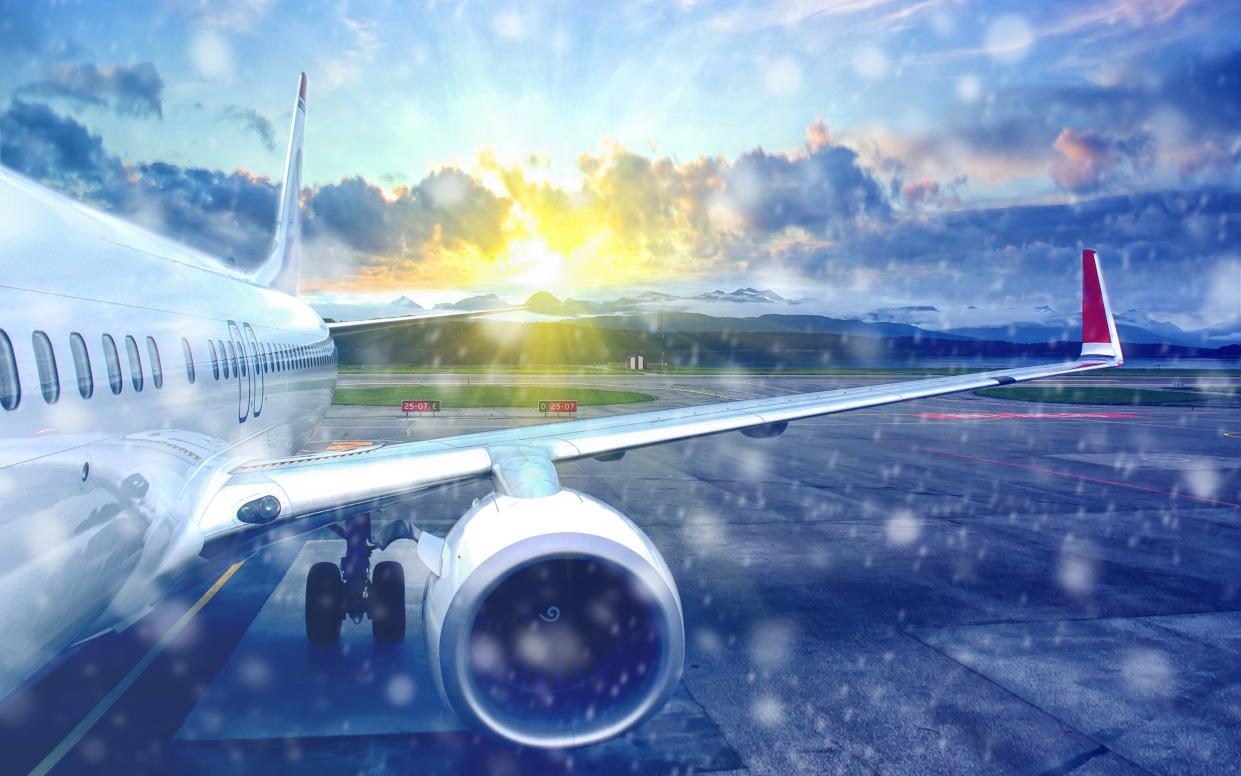The unstoppable rise of Norwegian – and a resurgence for the 747

Have you flown with Norwegian yet? If not, it may be just a matter of time. What was once a plucky Scandinavian upstart, offering flights from regional outposts like Haugesund, Molde and Kristiansund, has grown to become one of the biggest players in Europe – and beyond. It is now the continent’s third largest low-cost airline and new statistics have revealed just how quickly it has gatecrashed the transatlantic party.
Norwegian’s first flight to North America - from Oslo to JFK - took off just over five years ago. Today it visits 15 US airports, as well as two in Canada, and - according to data supplied by aviation analyst OAG - it is currently the sixth biggest carrier for transatlantic services, with a capacity of 1.33m seats for winter 2018/19. That’s up from 0.86m last winter, representing a remarkable year-on-year increase of 54.7 per cent, and up from 0.41m in 2016/17.
Left in its wake are a clutch of venerable flag carriers, including Air Canada (now seventh, with 1.06m seats), Air France (eighth with 0.93m) and KLM (10th with 0.64m), while it is closing in on the likes of American, Lufthansa, United, and, of course, British Airways. No wonder IAG, BA’s parent company, tried to buy Norwegian earlier this year.
BA remains the top dog for transatlantic flights, offering 1.97m seats this winter, but that’s an increase of just 5.9 per cent. The gap is closing fast.
A handful of other airlines have seen substantial growth this year, including Virgin Atlantic (+19.9 per cent), Iberia (+28.8 per cent), Aer Lingus (+22.4 per cent) and Icelandair (+23.5 per cent).
The low-cost long-haul revolution
If its rapid growth is anything to go by, Norwegian appears to have nailed the low-cost long-haul model, and has inspired a raft of imitators. Not all are performing so well, however.
Primera Air, founded in Iceland, headquartered in Latvia, and with a Danish operating license, recently ceased trading having offered services from Stansted to Toronto, Boston and New York.
WOW Air, based in Iceland, has been flying to the US since 2015. But this week it announced the cancellation of services to Cincinnati, Cleveland and St. Louis just months after their launch. OAG’s data shows that WOW’s transatlantic winter capacity has increased by a relatively paltry 9.4 per cent.
Another carrier entering the fray is Eurowings. This year it kicked off services from Germany to Miami, New York and Fort Myers (Florida), and its winter schedule includes just over 100,000 transatlantic seats, up from 20,000 last year.
There’s life left in the 747
Telegraph Travel has reported before on the slow death of the 747, but OAG’s statistics suggest the jumbo jet - a mainstay of transatlantic travel for nearly 50 years - will be gracing our skies for a few years to come.
A total of 4,667 transatlantic flights will use the model this winter, up from 4,534 last year. That’s almost three times as many the record-breaking A380 “superjumbo”, which was launched to much fanfare in 2007 but has failed to back up its big size with big sales.
Both aircraft, however, were criticised last month in a report by the International Council on Clean Transportation, which said that the use of larger aircraft across the Atlantic led to BA being ranked bottom of 20 major airlines for fuel efficiency.
The most popular models for services between Europe and North America are the Airbus A330 (used by the likes of Turkish Airlines, Delta, American and Lufthansa) and the Boeing 777 (preferred by BA, which owns 58). The 787 Dreamliner, favoured by Norwegian, comes in at number three.

